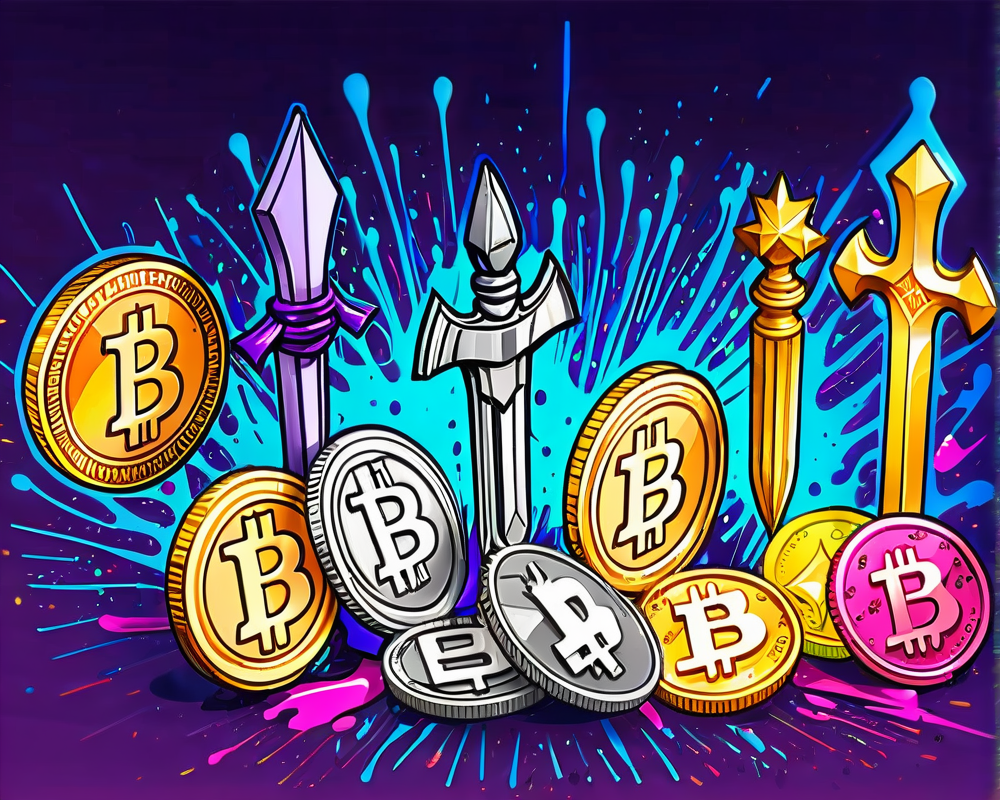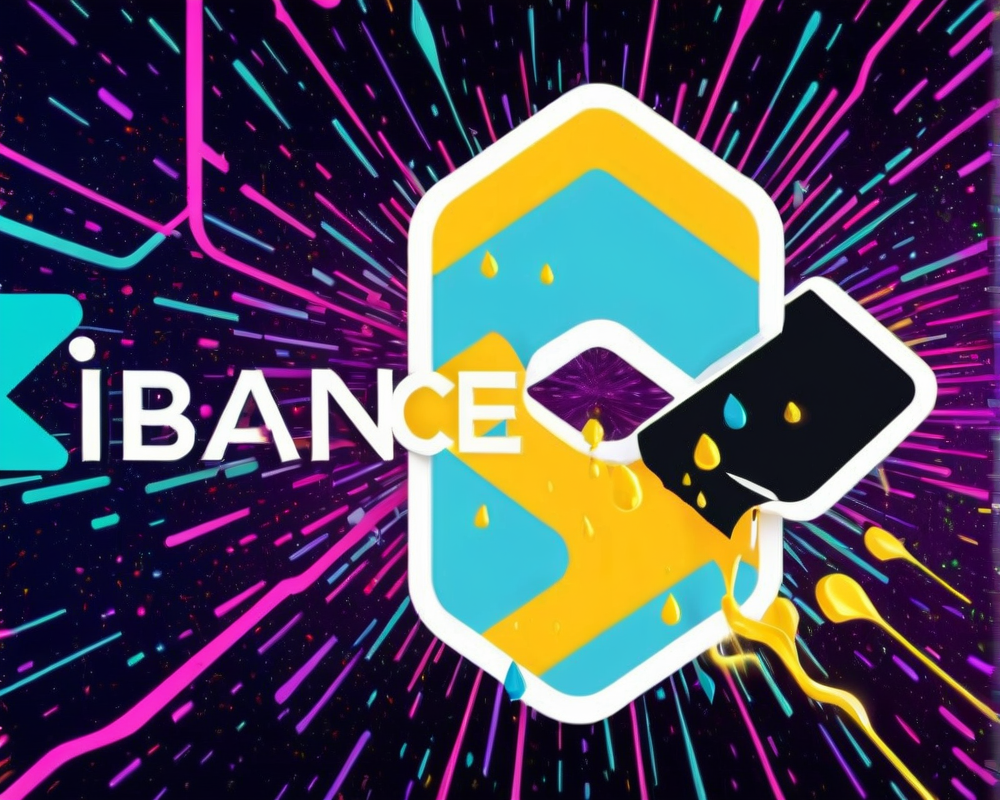Understanding Rewards Tokens
Welcome to the wild west of cryptocurrency, where the sun shines bright on promising tokens that double as both rewards programs and mediums of exchange. Sounds good, right? Well, let’s peel back the layers on these rewards tokens, which are often wrapped in shiny marketing but may carry an undertow of confusion.
The Crowdfunding Conundrum
Here’s the deal: many new crypto projects hit the scene riding the wave of crowdfunding innovation, primarily harnessing the power of Ethereum and its ERC-20 tokens. But here’s the kicker: many of these “rewards” tokens don’t actually serve a purpose right off the bat. They’re like a shiny toy at a yard sale—great to look at, but you’re not really sure what it does.
Tantalizing Tokenomics
Investors, riding the hype train, assign value to these tokens based on how much faith they have in the project’s white paper and online persona. Spoiler alert: when the competition becomes fierce, things can get messy. It’s like trying to sell ice cream in winter; good luck with that!
When Good Tokens Go Bad
The fun really begins when a new player introduces a rewards token promising all sorts of perks. Competitors start showing up, waving enticing offers of cashback, loyalty bonuses, and exclusive access. Imagine multiple vendors at a flea market, each trying to out-whoop the others with absurd claims—this is how chaos unfolds in the token marketplace.
- Support a myriad of cryptocurrencies.
- Provide extravagant transaction rewards.
- Close deals with real estate companies to pump value.
Transaction Tightrope: The Medium of Exchange Dilemma
So, let’s say one brave crypto venture decides to cut deals with realtors, saying their token will exclusively be used for buying and selling houses. Voilà! They’ve transformed their rewards token into a medium of exchange. But here’s the twist: the token supply is fixed. Hold on tight, because when demand for property transacted in tokens decreases, the value could drop faster than a hot potato in a game of musical chairs.
Conflicting Goals = Conflicted Tokens
Picture this: your rewards token aims to generate excitement for both its rewards and as a currency. But when a lot of folks decide to hoard it waiting for a reward that’s bright and shiny, prices can skyrocket. Dobble-edged Sword indeed! Want a neat analogy? Consider Amazon’s stock functioning as its currency. If stockholders get greedy and hold onto their stocks, who’s buying products? A void might form, leaving everyone with wealth in flimsy promises.
The Takeaway
In the end, simplicity is key. If a cryptocurrency project tries to do too much—serve as a rewards program while also maintaining its value as a currency—it sets itself up for a rollercoaster ride with uncertain outcomes. Don’t be that project: Don’t confuse potential investors with conflicting strategies.



